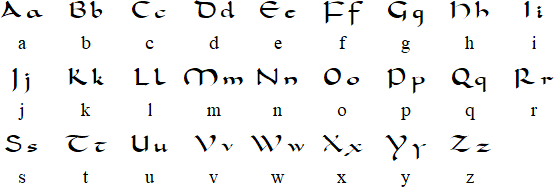During the late eighth and ninth centuries of medieval Europe, there was the Carolingian Renaissance, the first of three medieval renaissances. During that time, one of the rulers was Charlemagne, also known as Charles the Great. He advocated for the right to education, no matter the child’s background.
Roman Literacy & Education
Charlemagne wanted to spread literacy to not only the wealthy, which were the only people who could afford an education at the time, but to the common people as well. This was because he had a severe lack of people capable of serving as court scribes. After he conquered Western Europe, he saw a divide in communication as there were regional dialects and low literacy rate. To combat this issue, he ordered the creation of palace schools and sought for the clergy, who were teaching in the schools, to understand Christian doctrine.

How Carolingian Miniscules came about
He recruited the English monk Alcuin of York to oversee the palace schools. To initiate a generalise reform of the church, they needed every school to have reliable copies of the Holy Scriptures. To produce these scriptures at a larger scale, and at a quick pace, Alcuin had to come up with the Carolingian Miniscule. Vellum and parchment, which was the material that was written on, were expensive. Thus, words had to take up less space on the paper and to be read with ease.
Conclusion
Spacing between words, punctuation, and lowercase (named half-uncial) were seen for the first time in written language. Carolingian Miniscule quickly spread throughout the empire. The scholars of the time did more than just copy manuscripts; they also created their works such as information books for example dictionaries and glossaries.

The existence of Carolingian Miniscule shifted the written Romanian languages and lasts till today. During the 20th century, the type we know as Times New Roman is the remnant of the script of the Latin alphabet used in the past. As Charlemagne campaigned for literacy, he unknowingly set off a domino effect of a system still being applied today.

Reference
Murray, K. S. (2016). Carolingian renaissance. In Facts on File (Ed.), World history: a comprehensive reference set. Facts On File. Credo Reference: https://ezproxy.capilanou.ca/login?url=https://search.credoreference.com/content/entry/fofworld/carolingian_renaissance/0?institutionId=6884
Wikipedia contributors. (2022, October 6). Carolingian Renaissance. Wikipedia. Retrieved October 21, 2022, from https://en.wikipedia.org/wiki/Carolingian_Renaissance